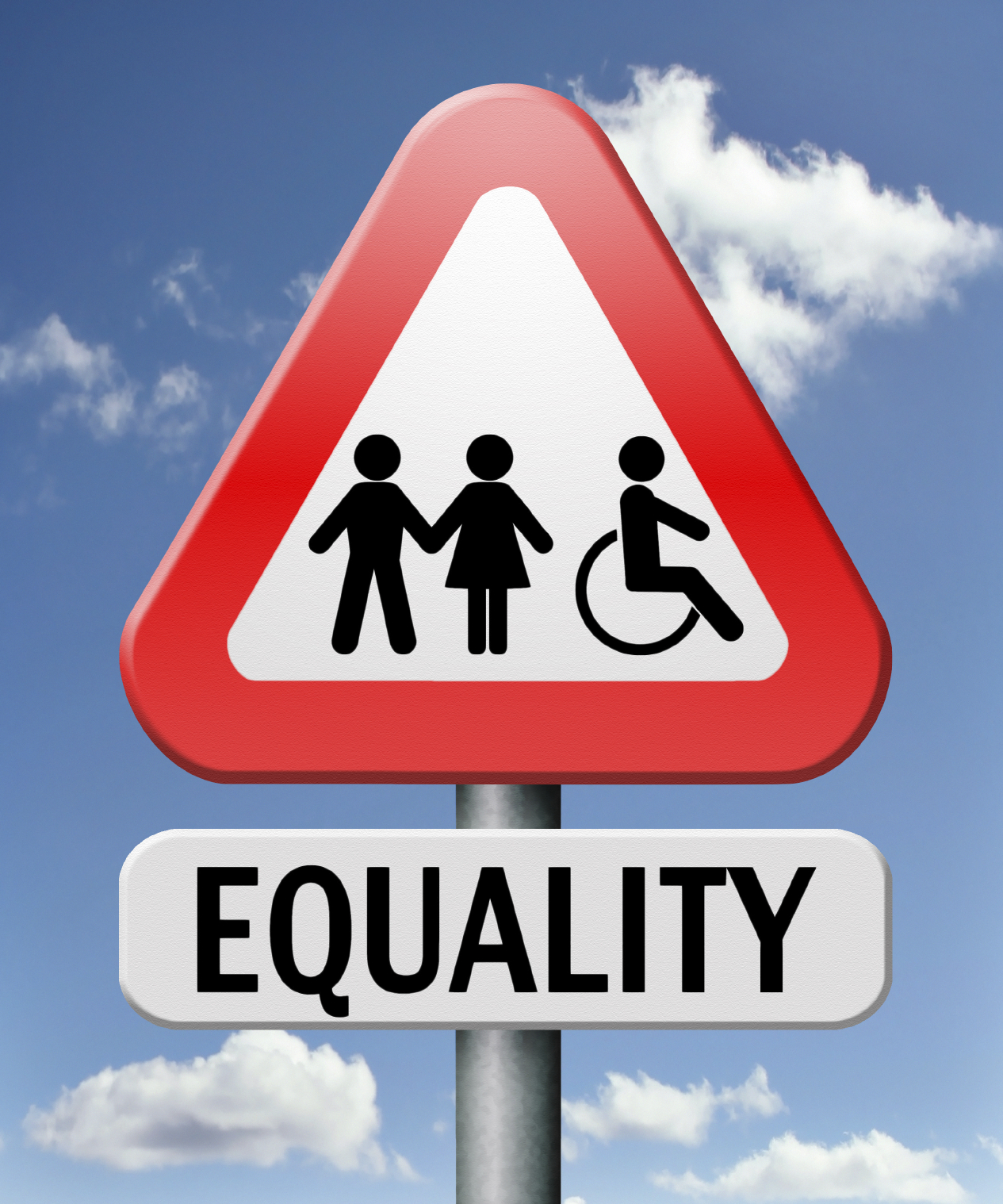AARP Eye Center
The Persistent Stigma of Hearing Loss—Even 25 Years After ADA
By Katherine Bouton, July 29, 2015 05:01 PM

Thinking and reading about the passage of the Americans With Disabilities Act, 25 years ago this week, has been a surprising reminder of how far we have come in a relatively short span. Twenty-five years — July 26, 1990.
For me, that’s an era just past — my children were already school age, my career was established. For many of us in the AARP generation, 50 and older, 25 years ago was recent history. So it’s shocking to be reminded that if we had disabilities, we lived in a world that was closed off to us in ways that seem unthinkable today.
Wheelchair users were largely confined to their homes. Public transportation — buses, subways, trains — were off limits to people with mobility issues. Even a trip around the neighborhood was full of obstacles. A person might be able to get out to the sidewalk in a wheelchair but then often couldn’t go farther than around the block on their own, because there were no curb cuts. Most of us don’t think twice about curb cuts. For people in wheelchairs they are essential to self-sufficiency and mobility.
Get the latest tips on staying healthy — AARP Health Newsletter »
The blind, the deaf, the physically handicapped, and the mentally ill were institutionalized or virtually imprisoned at home. The outside world was not designed to accommodate their needs.
As Lennard J. Davis writes in his new book Enabling Acts, it was only with the passage of the ADA that disability became a civil rights issue — “the right of individuals to have access to the world that everyone else is part of.”
The passage of the ADA was a bipartisan effort, with almost every proponent—as well as most of the opponents—having either a disability or a close relative with a disability. This was not because the group was self-selected (though it was in part) but, as Davis points out, in a population where 20 percent have a disability, almost everyone is affected.
Among those pushing hardest for passage were Sens. Edward Kennedy, whose family was affected in myriad ways by physical and mental disability, and Bob Dole, whose war injury made him the only primary participant with a visible disability. Sen. Tom Harkin from Iowa had an older brother who was deaf and a nephew who was paraplegic. This past June, the Hearing Loss Association of America awarded Sen. Harkin its Advocacy Hall of Fame Award for a lifetime of advocacy for the deaf and heard of hearing.
We don’t often think of hearing loss as a condition that was vastly changed by the passage of the ADA. Lennard Davis's parents were deaf (before deaf culture gave them the cultural identity that term confers today). As he describes, before the passage of the ADA, people like his parents lacked access to mainstream life in almost every way. His father was even denied admittance to an athletic club because he was deaf.
Because sign language interpreters were not routinely available, children of the deaf were often called on to act as interpreters. Lou Ann Walker's beautiful memoir A Loss for Words: the Story of Deafness in a Family, is a wrenching and deeply moving description of how she acted as her parents' link to the world.
The deaf, like others with disabilities, have hugely benefited from technology. We have vastly better hearing aids and other hearing-assistive technology. As it does for others with disabilities, technology allows us independence and self-reliance.
Thinking about life before the ADA gave me another insight, however, into the continuing resistance toward acknowledging hearing loss and wearing hearing aids. Many in the AARP population grew up before the ADA, and before technology made hearing aids the sophisticated instruments they are today. Because modern hearing aids are largely invisible, we don’t see them. So unless you own them, you’re generally unaware of how sleek and sophisticated they are. For that reason, many continue to think of a hearing aid as the clunky, whistling device we remember from our grandparents.
Get discounts on hearing aids with your AARP Member Advantage »
Older people may also, perhaps unconsciously, remember the isolation and discrimination against the deaf and hard of hearing in the pre-ADA days. Without being aware of the subconscious historical influence, they may still see hearing loss as shameful, something to be hidden. Just as civil rights legislation earlier did with other forms of discrimination, the ADA banished overt discrimination against the deaf and hard of hearing. But the unacknowledged fear of discrimination lingers.
Thanks to the mainstream media, younger people are not tainted by those memories and have many role models with disabilities: Halle Berry, Derrick Coleman, Stephen Colbert, Jodie Foster. Let’s hope that 25 years after the passage of the ADA, those of us in the older generation will also shed our lingering stereotypes about deafness and finally embrace both technology and differentness.
Photo: kikkerdirk/iStock
Also of Interest
- How to Enjoy the Party — Even With Hearing Loss
- Men’s Finger Size Can Indicate Attitude Toward Women
- 5 Times to get advice on your mortgage
- Join AARP: Savings, Resources and News for Your Well-Being
See the AARP home page for deals, savings tips, trivia and more.























































